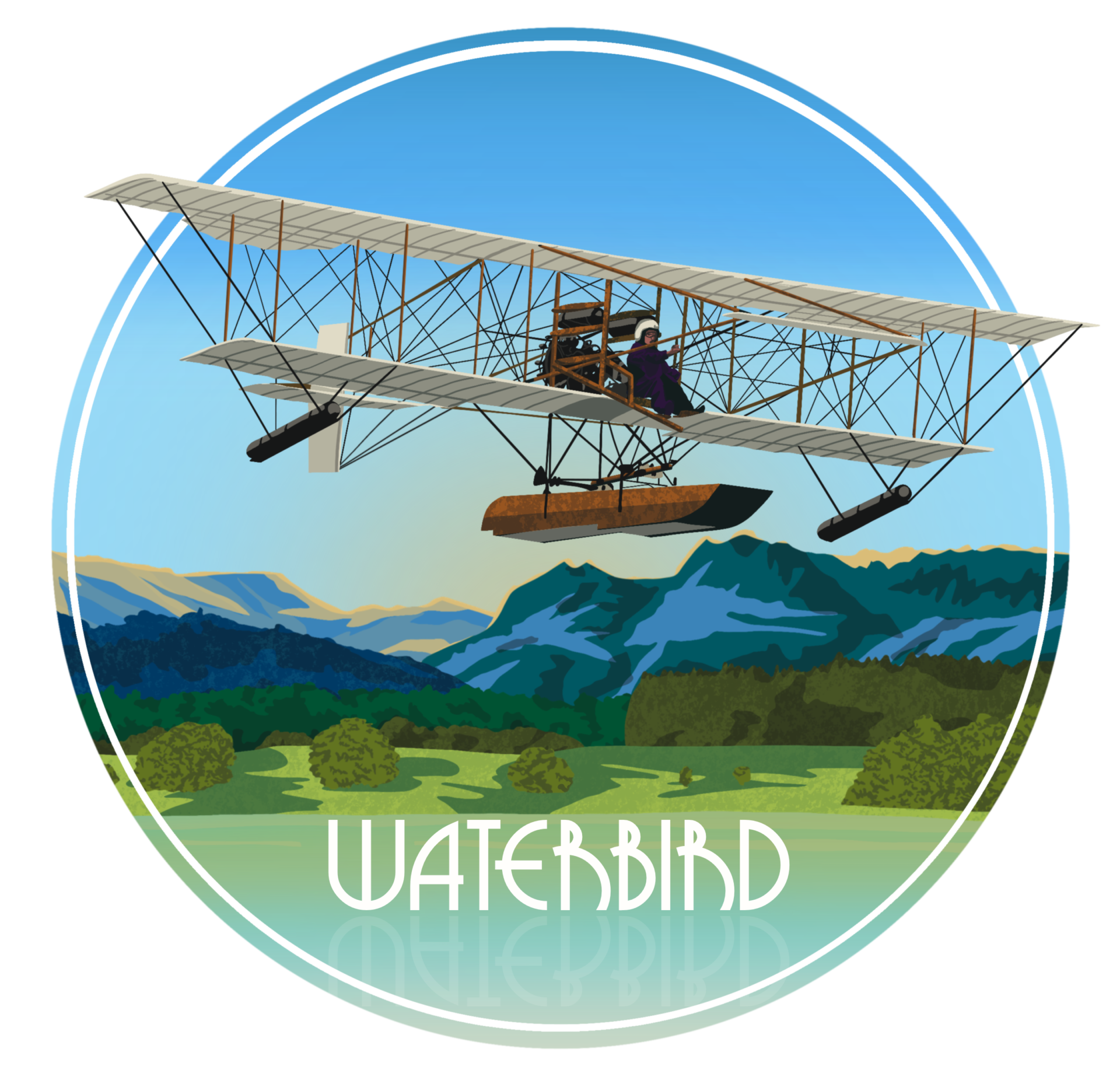Killingholme
A Royal Naval Air Station was established at Killingholme in August 1914, but from March 1918 was operated as a US Navy Seaplane Station when RNAS personnel were posted to Hornsea Mere. A Royal Naval Air Station was established at Hornsea Mere in 1915, and when it closed on 6 June 1919 staff were transferred to Killingholme.
There are the following remarkable connections with Windermere:-
1. On 12 June 1913, Waterhen flew at Hornsea Mere, having been transported by J. Wharton & Son from Windermere using a traction engine. The Horse Show event was reported in the Hull Daily Mail. The pilot was Herbert Stanley Adams, who joined the Royal Naval Air Service at the outbreak of World War 1, and during 1914-1915 he was posted to Killingholme.
2. On 30 June 1916, Flight Sub-Lieutenant Paul Robertson was posted to Windermere as an instructor. By early 1918, he was an Acting Flight Commander in command of Hornsea Mere. On 28 February 1918, he was the observer on a seaplane which crashed at Hornsea, when he endeavoured to extricate the pilot. On 18 June 1918, he was awarded the Albert Cross, exchanged for the George Cross.
3. ‘Many parents living in the vicinity had occasion to remonstrate with the commanding officer Flight Commander John Cripps concerning the excessive amount of attention their daughters were receiving from his young officers. Locally the prefix to RNAS Hill of Oaks, Windermere was purported to stand for Rather Naughty After Sunset.’ – An Aeronautical History of the Cumbria, Dumfries and Galloway Region by P Connon.
‘The RNAS was known locally as The Rather Naughty After Sunset Brigade.’ – The Royal Naval Air Service at Hornsea Mere and Killingholme 1914-1919 by J Gelsthorpe.
4. Wing Commander (later Air Chief Marshal Sir) Arthur Longmore, who had tested ‘Waterbird‘ at Windermere for the Admiralty on 20 January 1912, was commanding officer at Killingholme 15 June-7 September 1916.
5. Having been on the first planned flying course at RNAS Windermere which commenced on 3 May 1916, Marcel Dubuc and Arthur Wilks were posted to Killingholme.
6. Captain Victor Bessette, who obtained his Aviator’s Certificate at Windermere on 23 June 1916, was posted to Killingholme on 15 September 1917 having undertaken a course in Porte flying boats.
7. Flight Lieutenant Cooper Pattinson from Windermere, was based at Killingholme where he was the commanding officer. On 10 May 1918, he was first pilot of a flying boat – a photo of which is at the top of this page – that shot down a Zeppelin for which he was awarded the Distinguished Flying Cross.
